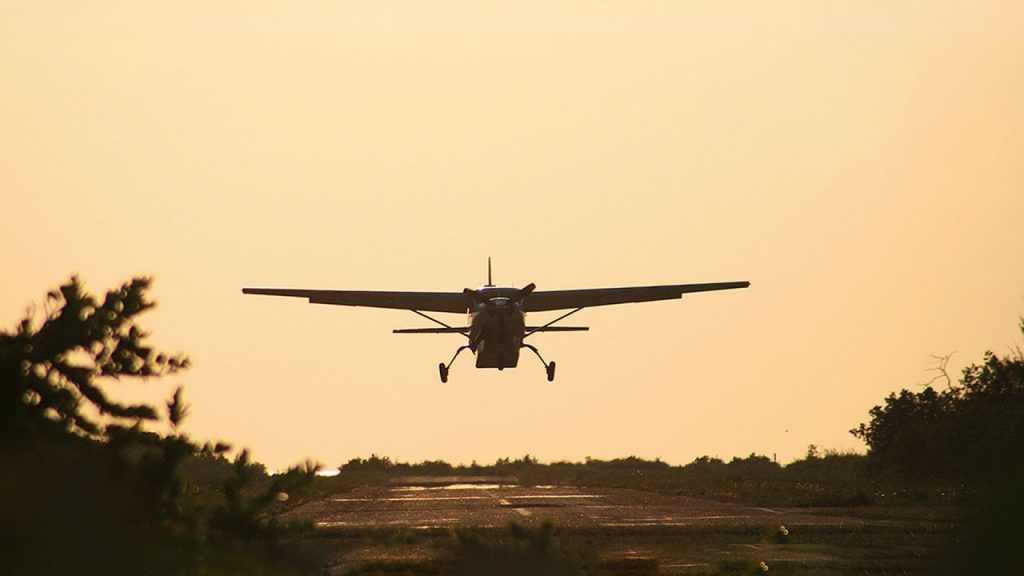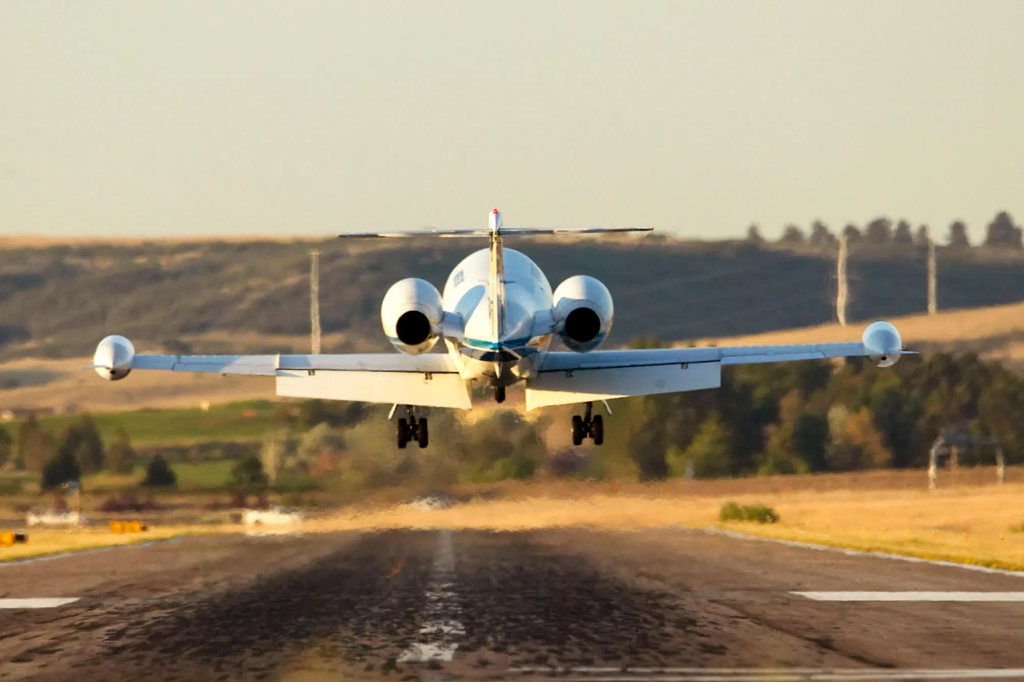Switch to:
 EN
EN  Português (PT)
Português (PT)
Frequently headlines on various news portals and social networks announce go-arounds of aircraft, whether from commercial or executive aviation, at airports across Brazil and the world. This created in the collective imagination a belief that a go-around seconds before landing is a risky and potentially dangerous procedure for a flight.
We want your trip to be as safe and pleasant as possible. Therefore, we will explain why the go-around takes place, as well as why this procedure is extremely safe, controlled, and totally aimed at preserving the highest levels of aviation safety.
Pilot Training: Go-around from the Beginning

Student pilots experience in every flight lesson the most varied scenarios that can occur in the profession when they join an aero club or aviation school and begin practical training, with the objective of obtaining a private and ultimately commercial pilot license. With this, it is possible to feel in practice every reaction or movement of an aircraft, observing how the laws of physics act directly on flight behavior. Right at the beginning of this training, when a student still has about 10 hours of total flight time, a stage called TGL is initiated – an acronym for Touch-and-Go Landing.
This maneuver, repeated for about 15 to 20 hours in a row and divided into missions of up to an hour and a half, consists of teaching the new pilot to correctly handle the aircraft until landing, creating greater situational awareness and greater capacity for judgment of distance, height, and speed. After touching the runway, the student must apply full power and take off again, without completely stopping the aircraft and returning to flight. With this constant and repetitive training, this type of go-around becomes an extremely natural procedure from the beginning of a pilot’s career.
In addition to the TGL, students must also complete a certain number of hours performing the go-around in air maneuver. As the name implies, it happens before touching the runway. When approaching for landing, at a given moment by the flight instructor’s guidance or even according to the student’s judgment, full power is applied, causing the aircraft to abandon descent towards the runway, returning to ascend gradually before a new landing attempt is made.
This training stage is extremely important, as it reveals to the pilots how necessary it is to faithfully follow all the procedures recommended in the technical manuals of each aircraft, especially offering a real sensation of the aircraft’s reactions to the commands. The increase in power, the climb trajectory, the scenery around the airport and even the conditions of temperature, atmospheric pressure, and wind influence the piloting.
In Routine Operation: How Does the Go-around Happen?

The decision for a go-around occurs when the technical crew judges that the continuation of the landing directly affects the safety of the flight, providing a potential risk to the integrity of the aircraft and its occupants. For this to be measured and for the decision to be taken quickly, but assertively, aircraft operators and their respective manufacturers establish standards that determine whether an approach is stabilized or not.
During the final approach procedure for landing, the parameters of speed, rate of descent – how many feet the aircraft descends per minute – approach ramp – the angle at which it is known whether the aircraft is lower or higher than normal during the approach itself – of wind direction and speed, are monitored by one of the pilots, called Pilot Monitoring (PM). Meanwhile, the other pilot, called Pilot Flying (PF) effectively pilots the aircraft, observing these same parameters and listening to the verbal information passed on by their cabinmate. This verbal exchange is called “callouts”. They were created by the aircraft manufacturers in order to standardize communication during the critical phases of the flight, where with a few words it can be understood what is happening and if any action should be taken.
If any of these parameters are not kept within those established, individually or jointly, the go-around becomes compulsory. With that, the Pilot Monitoring simply says “go around” or “arremeta” if translated into Portuguese, having this command obeyed without question by the Pilot Flying. Then, the go-around is initiated and a new landing attempt will be made, observing again the security parameters.
Unforeseen Occurrences

In addition to the conditions that determine whether an approach is stabilized or not, unforeseen events may occur even if an approach is carried out to the letter, without any intercurrence that could destabilize safety requirements, but the go-around may still occur. Check out some situations:
- Guidance of the control tower to start the maneuver, due to an aircraft or any other vehicle on the runway. Also according to the control tower’s guidance, the go-around is indicated if the aircraft that made a landing or take-off immediately before the landing of another aircraft reports any object on the runway, collision with birds or other problems potentially dangerous to the operation;
- Deterioration of visibility to levels below the predicted meteorological minimums, degrading visibility and making it impossible to continue the landing;
- Entry or incursion of another aircraft or vehicle onto the runway, without authorization or consent from the control tower, while a landing approach is taking place;
- Loss of signal from instrument landing system antennas, during low visibility conditions or in adverse weather conditions;
- Sudden change in direction and wind speed.
Even in the face of all the possibilities that could lead to an unexpected surprise by passengers, it is a procedure foreseen and even expected by pilots. It is often said that “the landing is a go-around that did not work”, precisely because of the predictability of such an important and highly trained maneuver.
So, when you see that the plane is initiating a go-around, don’t worry. Everything has been thought out for your safety and that of other passengers. In view of all the lessons learned and qualified training throughout the history of aviation, the practical application results in a more accurate and safer aviation experience for all users.
Count on Flapper to fly with great safety and tranquility! Book your flight right now through our website or app (for iOS or Android), and don’t forget to take advantage of the empty-legs available on our platforms. These are unique opportunities to enjoy the comfort and privacy that only business aviation can offer!

